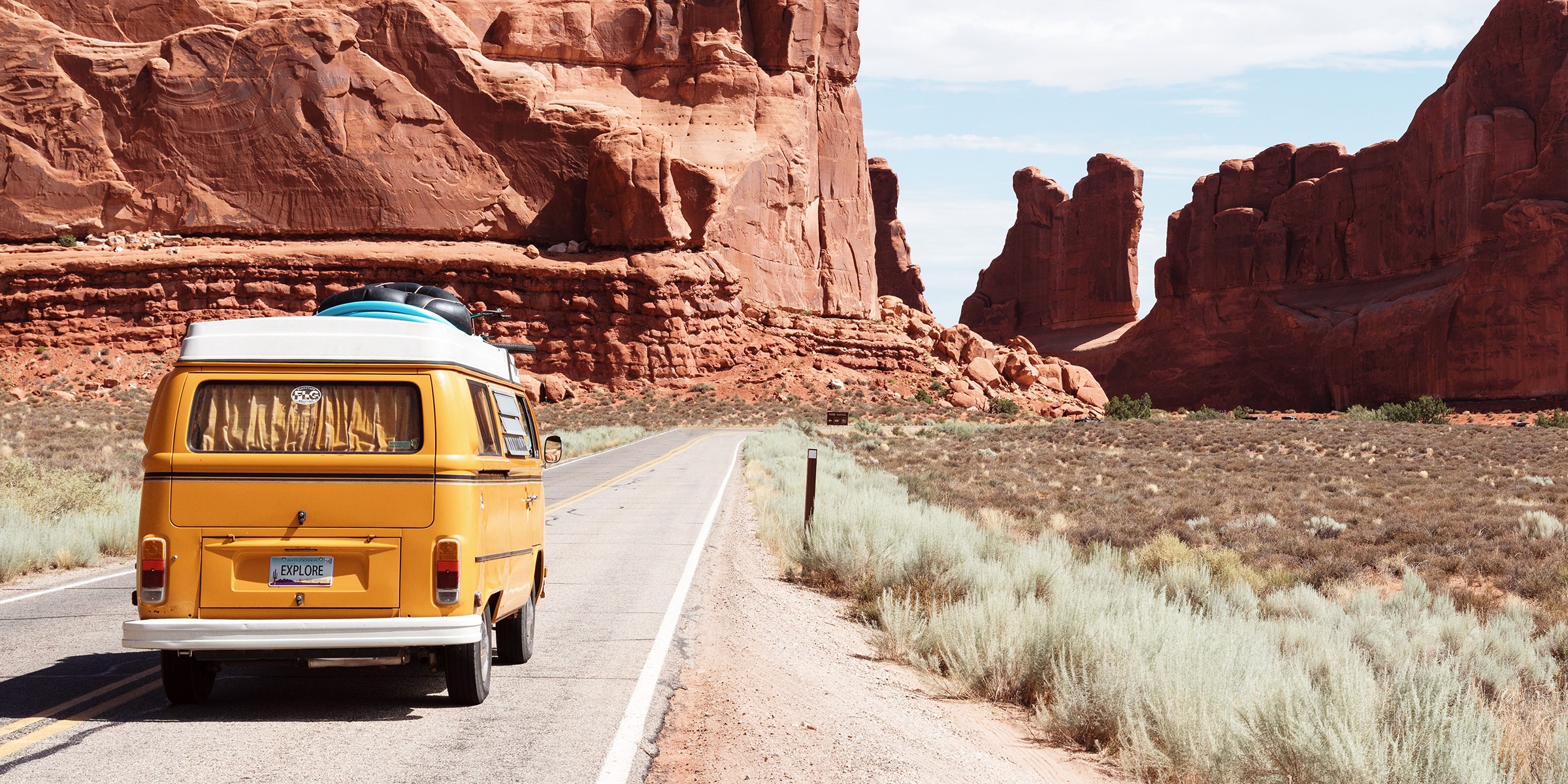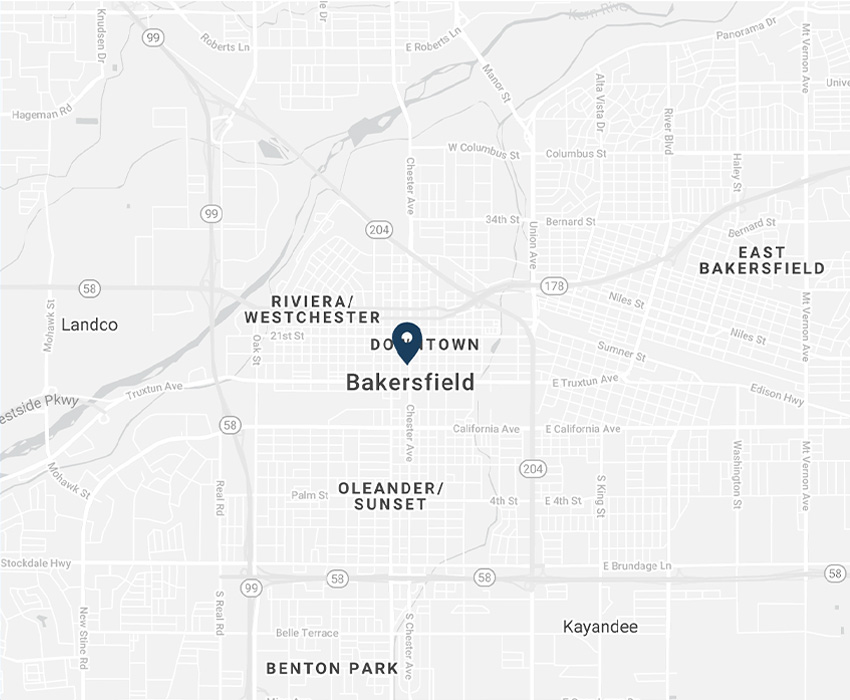Tips for a safe summer road trip during the pandemic
July 29, 2020 | Article by Chain | Cohn | Clark staff | Tips & Information Social Share

Summer vacation may look different for you and your family this year. Many people are deciding on a summer road trip instead to flying to a vacation destination. In fact, U.S. air travel has dropped more than 70% compared to this time last year, according to reports.
But before you hit the road, there are some precautions you should take to make sure you and your family is safe, not only from COVID-19, but also from dangers of the road. The period between Memorial Day and Labor Day has historically been known as “100 Deadliest Days,” the most dangerous days for drivers to be on our country’s roadways.
Chain | Cohn | Clark provides the following tips for a safer summer trip:
Plan Ahead
Map out which roads, highways, or states you will pass through. There might be relevant travel advisories you need to be aware of, such as changes to toll collection and rest-area food sales. Call ahead and confirm which attractions and hotels are open. And, of course, never drink and drive.
Get Enough Sleep
Driving while drowsy is dangerous because it has similar effects on your body as if you were to drive drunk, according to the National Sleep Foundation. The best way to prevent drowsy driving is to get 7-8 hours of sleep the night before your road trip. Signs to watch out for include:
- trouble focusing
- heavy eyelids
- inability to remember the last stretch of road you drove
- constant yawning
- bobbing head
- drifting from your lane
Drinking coffee and energy drinks are not always enough for tired drivers because the effects do not last long. Switching drivers throughout a road trip is a great way to improve alertness in each individual’s portion of the drive. If switching drivers is not possible, pull over and take a nap.
Bring ‘Protection’
You’re going to have to touch things, including gas pumps, money, doorknobs on washrooms, and other unexpected things. Carry a big bottle of sanitizer in your vehicle. And while you’re at, bring extra toilet paper in case you or your stops are out.
Don’t forget sanitizing wipes, sanitizing spray, face masks, gloves, and even a thermometer. And keep practicing good and frequent hand-washing. Pack snacks and drinks so you reduce the need to go into rest stops and expose yourself to others.
Just in case, bring any necessary travel documentation, including health insurance cards.
Lastly, according to AAA, it’s a good idea to store an emergency kit in your car that includes a car charger for your cell phone, first-aid kit, blanket, drinking water and snacks for everyone including pets, flashlight with extra fresh batteries, rags or paper towels, basic tools including duct tape, road flares or reflectors, ice scraper or snow brush, jumper cables, traction aid (sand, salt), tarp, raincoat, and a shovel. In the case of an emergency, a tent can provide shelter. And tents can be used just about anywhere.
Watch Out For Speeding
During this pandemic, law enforcement has reported a spike in speeding on the country’s highways, and overall more dangerous driving habits. Be careful of dangerous speeding while traveling. AAA suggests drivers practice a system called “R.E.A.D the Road”:
- Right speed for right now
- Eyes up, brain on
- Anticipate their next move
- Donut of space around your car (in case you need to make an emergency maneuver)
Stay Focused
Distracted driving is a deadly behavior. Federal estimates suggest that distraction contributes to 16 percent of all fatal crashes, leading to around 5,000 deaths every year.
Have a passenger open your bottle of water or change the song on your phone. Turn on the “Do Not Disturb” function on your phone to limit distractions. Here are a few more ideas of what you can do to eliminate distracted driving from your travels (courtesy of AARP).
- Unplug: Keep your cell phone on silent and where you can’t see it light up for every notification you receive. If a phone call or text message is really important, it’s best to pull over into a safe location before using your phone.
- Focus: When you’re behind the wheel, pay attention to what’s happening all around your vehicle. Frequently scan your mirrors and watch your speed.
- Secure your cargo: Prevent loose items in your car from startling you in the event of sudden braking by securing your cargo. Also, never place smaller items on your lap or on the floor near the driver-side foot pedals.
Roadside Safety
July is designated as National Roadside Traffic Safety Awareness Month. Here are few tips for being safer on the road in the case of a breakdown or minor accident:
- Move to safety: Never get out of the vehicle to make a repair or examine damage on a busy highway. Get the vehicle to a safe, out-of-the-way spot, and then get out of the car if at all possible. And if a dire emergency forces you to get out of your car on a highway, do not stand at the side of the car nearest the traffic. Position yourself on the “shoulder” side of the vehicle, so that your vehicle is between you and the traffic.
- Call for help: If your car won’t run or if it’s so badly damaged that it can’t be driven, stay in the vehicle and use a cell phone to call for help. Don’t stand outside the vehicle unless absolutely forced to do so. Even then, don’t stand near the flow of traffic.
- Be prepared: Carry a strong flashlight, flares or reflective triangles in your vehicle so you can mark your location in the event of an emergency, even during the day. Remember to turn on your hazard lights so that other drivers have advanced warning of a problem ahead. To be safe, be seen.
———
If you or someone you know is injured in an accident at the fault of someone else, or injured on the job no matter whose fault it is, contact the attorneys at Chain | Cohn | Clark by calling (661) 323-4000, or fill out a free consultation form at chainlaw.com.

